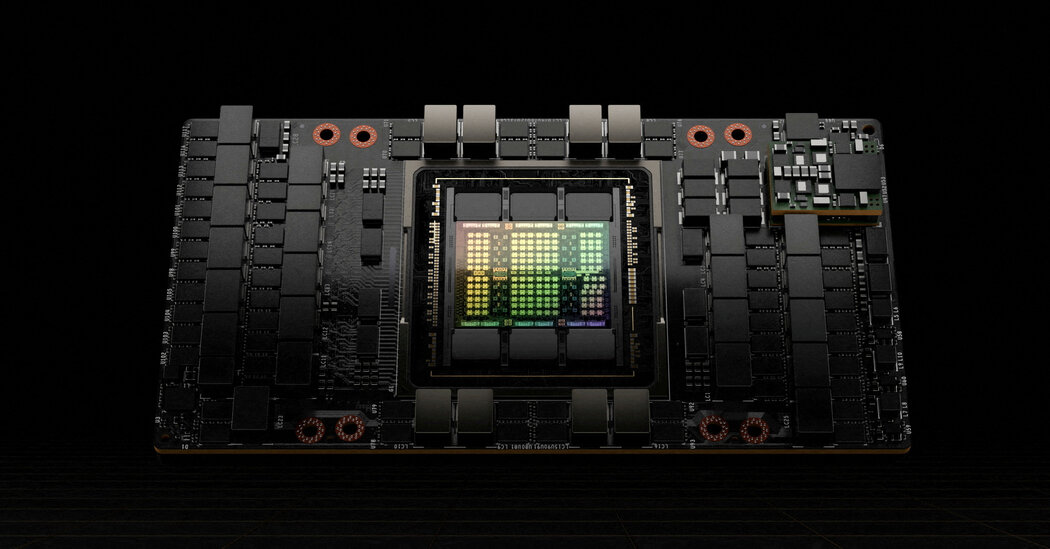“Otherwise, the incumbents all win,” Mr. Conrad said.
Venture capital investors have a similar goal. This month, Index Ventures struck a partnership with Oracle to provide a mix of Nvidia’s H100 chips and an older version, called A100, to its very young portfolio companies at no cost.
Erin Price Wright, an Index Ventures investor, said the firm had seen its start-ups struggle to navigate the complicated process of getting computing power and landing in wait lists that were as long as nine months. Two companies are set to use the firm’s new program, with others expressing interest.
Before the shortage, George Sivulka, chief executive of Hebbia, an A.I. productivity software maker, simply asked his cloud provider for more “instances,” or virtual servers full of GPUs, as the company expanded. Now, he said, his contacts at the cloud companies either don’t respond to his requests or add him to a four-month wait list. He has resorted to using customers and other connections to help make his case to the cloud companies. And he’s constantly on the lookout for more.
“It’s almost like talking about drugs: ‘I know a guy who has H100s,’” he said.
Several months ago, some Hebbia engineers set up a server with some less-efficient GPUs in the company’s Manhattan office, parked the machine in a closet and used it to work on smaller projects. Liquid cooling units keep the server from overheating, Mr. Sivulka said, but it’s noisy.
“We shut the door,” he said. “No one sits next to it.”
The scarcity has created a stark contrast between the haves and have-nots. In June, Inflection AI, an A.I. start-up in Palo Alto, Calif., announced it had acquired 22,000 of Nvidia’s H100 chips. It also said it raised $1.3 billion from Microsoft, Nvidia and others. Mustafa Suleyman, Inflection’s chief executive, said in an interview that the company planned to spend at least 95 percent of the funds on GPUs.
Source link

